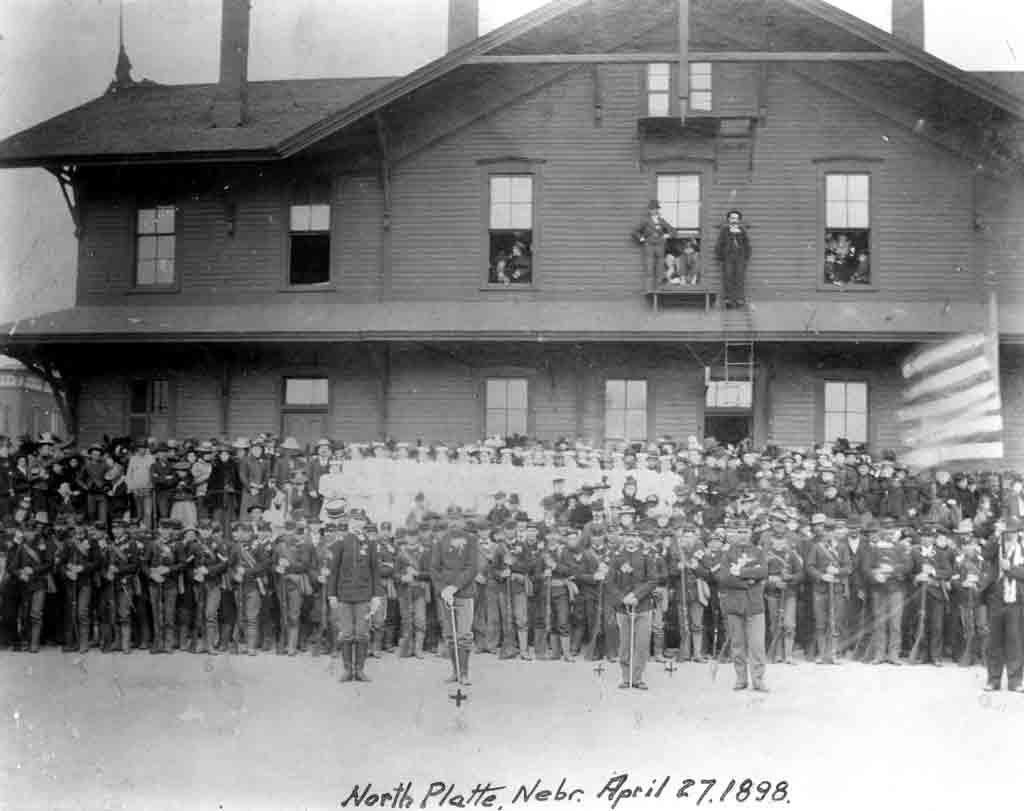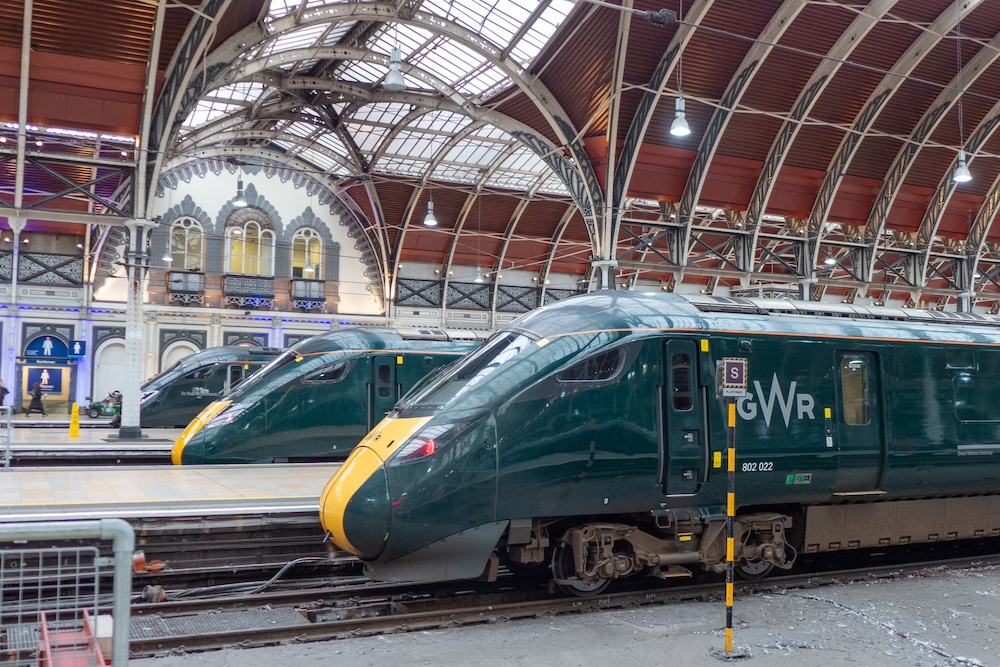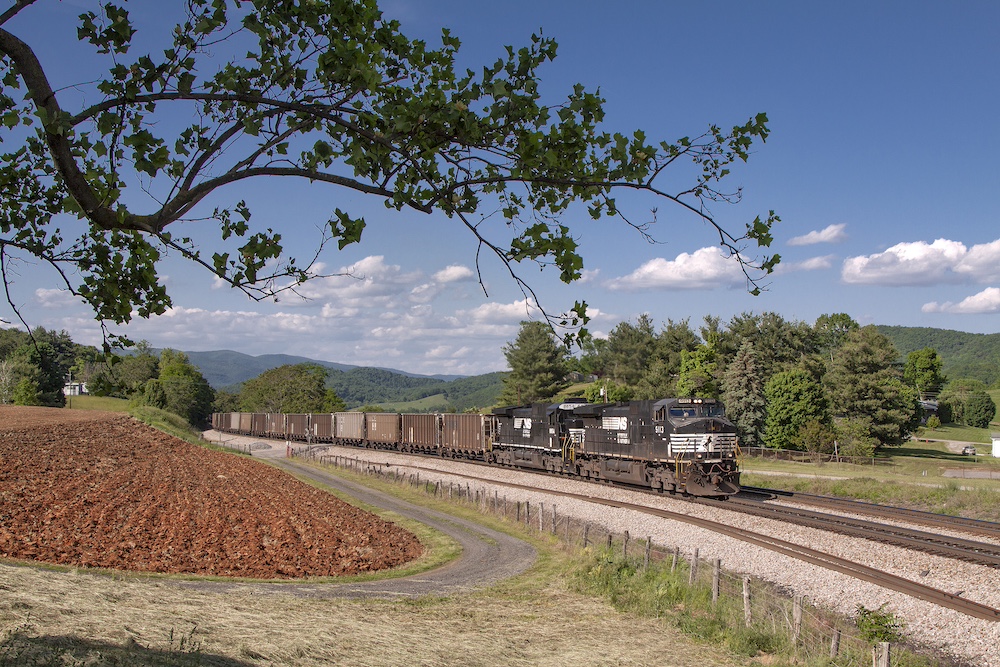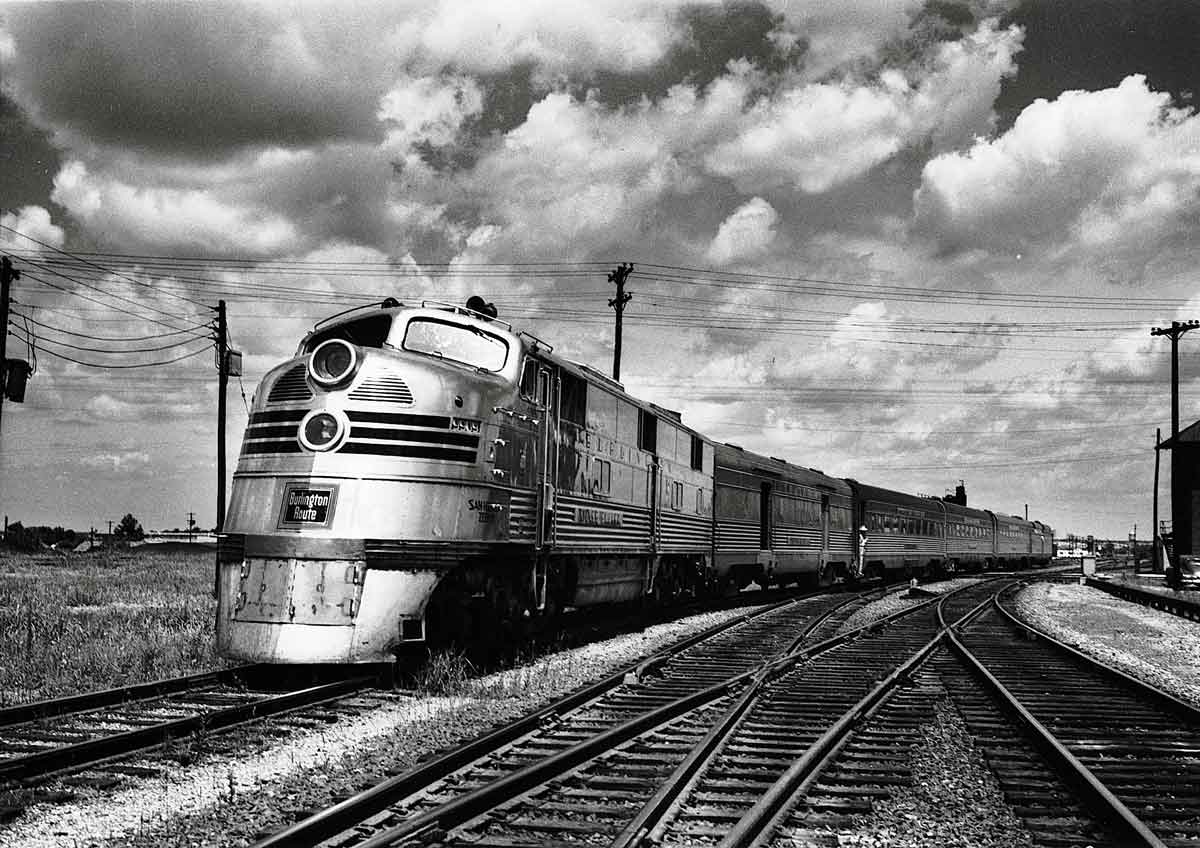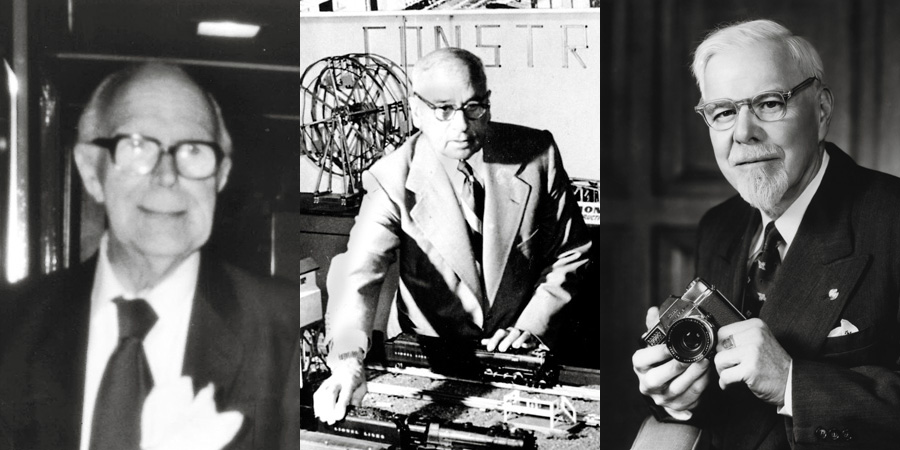Before there was a burning man festival, North Platte threw the biggest party in the West, when Union Pacific tracklayers made a winter camp with miners, traders, Mormon emigrants, and stagecoach drivers in early 1867. “Storekeepers, saloon owners, gamblers, and brothel operators swarmed in,” notes historian David Howard Bain, building a tent city of “boards, canvas, tin, and what-have-you, pegging it all together with nails, bolts, spit, and ambition.” When the ground thawed and the crowds disbursed, all that remained in North Platte was the railroad, which had built a shop, roundhouse, and hotel.
UP’s chief engineer, Grenville Dodge, selected North Platte as a division point in 1866 – a natural choice, since traders were already sorting cargo not far from where the Platte River’s two branches came together. The South Platte came in from Denver, while the North Platte offered a low-grade path across the Rockies that helped seal the choice of routes for the nation’s first transcontinental railroad. (“Any engineer who failed to take advantage of the great open road from here west to Salt Lake would not have been fit to belong to the profession,” Dodge wrote.) The railroad arrived at the end of the year, and with that, North Platte became a railroad town. Ever since, the fortunes of the two have been inextricably intertwined.
The partying didn’t stop, however, thanks to North Platte’s outsized solider-turned-showman “Buffalo Bill” Cody, who escorted the rich and elite (arriving by train from the East) on extravagant buffalo hunts in the 1870s, and arranged a rodeo that would plant the seeds for his traveling Wild West Show. Not to be outdone, some 55,000 Nebraskans kept a party going from 1941 to 1946 in the lunchroom of UP’s North Platte depot, whose famous canteen served 2,000 to 3,000 soldiers a day crossing the country by train during World War II. The depot came down in 1973, but a historical marker commemorates their service.
Still, what kept the town alive was the railroad. Double-track arrived in 1910, three years after UP opened its Kansas City-Gibbon line, but what cemented North Platte’s status as the operational center of Union Pacific’s universe was the opening of a 5-mile-long, 42-track, $3.5 million hump yard there in 1948 (replacing a 20-track flat yard) to reduce car-handlings for transcontinental traffic.
As transcontinental traffic boomed and new run-through agreements changed blocking patterns, UP took advantage of the region’s wide-open spaces and in 1968 built the $12.5 million, double-hump, 64-track classification yard for eastbound traffic next door to the original.
With the new yard came a new name – Bailey – after UP’s then-president Edd Bailey, who hailed from North Platte. A $10 million diesel shop opened in 1971, a car shop followed in 1974, and the first run-through tracks appeared by the end of the decade.
The torrent of traffic continued, hauled in ever-longer trains, prompting UP to replace the 1948 yard with a new 50-track Bailey West hump yard in 1980, at a cost of $40 million (more than three times what the east yard cost only 12 years before).
By 1992, the terminal had a dedicated coal yard, run-through servicing, and the yard was seeing 100 trains a day.
Today, one-tenth of North Platte’s population works in the yard. Bailey entered the Guinness World Record book in 1995, and its status as the world’s largest rail yard remains unchallenged.
To learn more about Bailey Yard, buy the July 2010 issue of Trains magazine!





